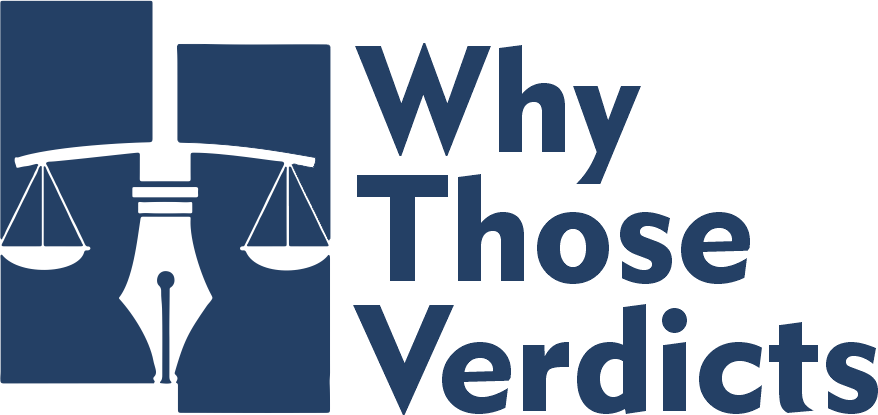Did this Stanford dropout scam investors out of millions of dollars while dubbed "the youngest and wealthiest self-made female billionaire in America" by Forbes?
The Story of Theranos
In 2003, a young lady studying at Stanford University named Elizabeth Holmes started a company called Real-Time Cures to revolutionize the medical industry. Holmes aspired to create a method of blood testing using only a drop of blood. This idea stemmed from her fear of needles and injections during blood tests. While at Stanford, Holmes claimed she had a way to generate a vast amount of data from only one drop of blood. But after pitching this idea to many medical professors at Stanford, they told her that this type of technology would not be possible to create. However, Holmes did not give up on the idea, and she convinced the dean at the School of Engineering, Channing Robertson, to back her company, introduce her to investors, and become the first member of the company's board of advisors. By this time, Holmes had dropped out of Stanford to pursue the company (Which she renamed Theranos) full-time. By the beginning of 2011, Theranos had raised more than $92 million under Holmes' leadership. In addition, Theranos had built a printer-sized machine called "Edison," which allegedly could detect many ailments using only one drop of human blood. Holmes ran the company secretively, without any press conferences, company website, or releases of operational information. However, in 2013, Theranos announced a partnership with Walgreens to launch in-store blood sample collection centers, allowing easy and accurate blood tests without needles.In 2014, Holmes appeared on the covers of Fortune and Forbes magazine. Forbes also recognized Holmes as the world's youngest self-made female billionaire and ranked her #110 on the Forbes 400. By 2015, Holmes added Cleveland Clinic, Capital BlueCross, and AmeriHealth Caritas as users of Theranos' technology. Theranos was valued at $9 billion and had raised more than $400 million in venture capital. But at the time, The Wall Street Journal had started a secret investigation of Theranos after receiving a tip from a medical expert who thought the Edison blood-testing device seemed too good to be true. After learning about the investigation, Holmes initiated a campaign through well-known lawyer David Boies to stop the WSJ from publishing. They made multiple legal and financial threats against both the Journal and the whistleblowers from Theranos, who provided testimony. In October 2015, despite Holmes and Boies' legal threats, the article detailing how the Edison device gave inaccurate results was published, revealing that the company had been using commercially available machines made by other manufacturers for most of its testing. On June 15, 2018, a federal grand jury indicted Holmes and former Theranos chief operating officer and president, Ramesh "Sunny'' Balwani (a man she had been romantically involved with since 2003), on nine counts of wire fraud and two counts of conspiracy to commit wire fraud. Both Holmes and Balwani pleaded not guilty. According to prosecutors, Holmes and Balwani engaged in two criminal schemes, one to defraud investors and the other to defraud doctors and patients. After the indictment was issued, Holmes decided to step down as CEO of Theranos but remained chair of the board.
The Trial of Elizabeth Holmes
The trial of Elizabeth Holmes began on August 31, 2021. The trial was presided by Judge Edward Davila. The defense, led by premier white-collar crime litigation firm Williams & Connolly, sought to show that Holmes was in an abusive relationship with Sunny Balwani and that Balwani controlled every aspect of her life. On November 29, 2021, Holmes testified that she had been raped while she was a student at Stanford. In her testimony, she stated he also wanted to "kill the person" she was and create a "new Elizabeth." However, while testifying that she wasn't aware of everything happening at Theranos, she also testified that Balwani had not forced her to make false statements to investors, business partners, journalists, and company directors. Balwani and his attorneys have continually denied abuse allegations, calling them "false and inflammatory." The prosecution wished to show that Holmes and Balwani grouped together to falsify the success of Theranos and Edison, to buy enough time to actually invent a machine that was successful enough to use. After Forbes valued her at $4.5 billion and then $0, on January 3, 2022, after 11 days of jury deliberation, Elizabeth Holmes was found guilty of conspiracy to commit wire fraud and three counts of fraud. While Holmes was found guilty and will face jail time for her crimes, I still believe that the defense was the winner in this case. Holmes's defense team got a "not guilty" verdict on three additional charges about defrauding patients and one charge of conspiracy to defraud patients. Furthermore, The jury was deadlocked on three of the charges concerning defrauding investors. This implies that a mistrial will be declared for those charges.

